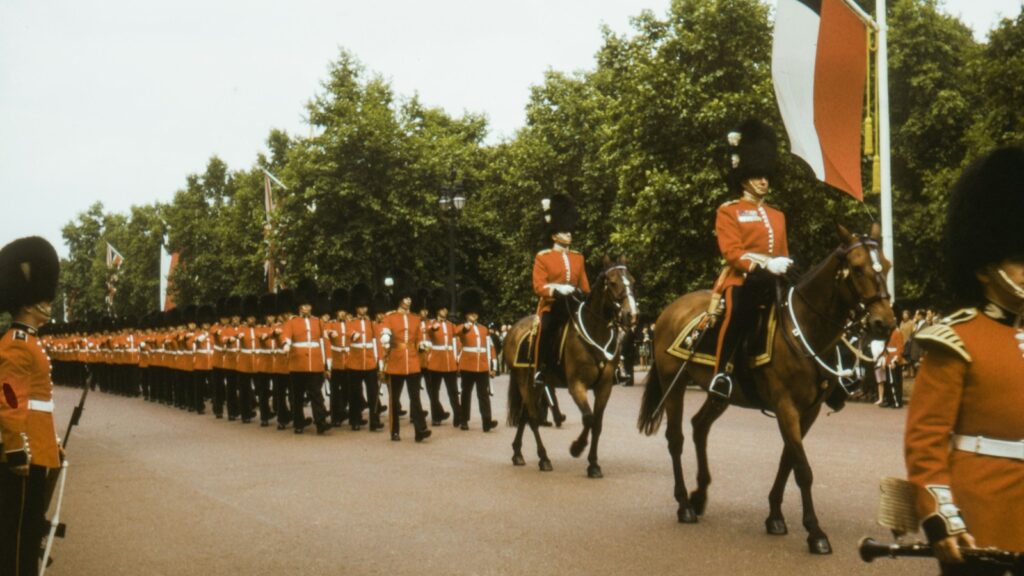The relationship between humans and horses spans thousands of years, evolving from necessity to sport, work, and companionship. Among the equine world, royal steeds—those exceptional horses bred for monarchs and nobility throughout history—hold a special fascination. These magnificent animals have inspired passionate devotion in some riders while others remain unmoved by their legendary status. This divide isn’t merely about preference but encompasses history, practicality, riding philosophy, and emotional connection. Whether you’re drawn to the majesty of a horse with royal lineage or prefer a humble trail companion, understanding the appeal—and drawbacks—of these distinguished equines offers insight into the complex bond between humans and horses.
The Historical Significance of Royal Steeds
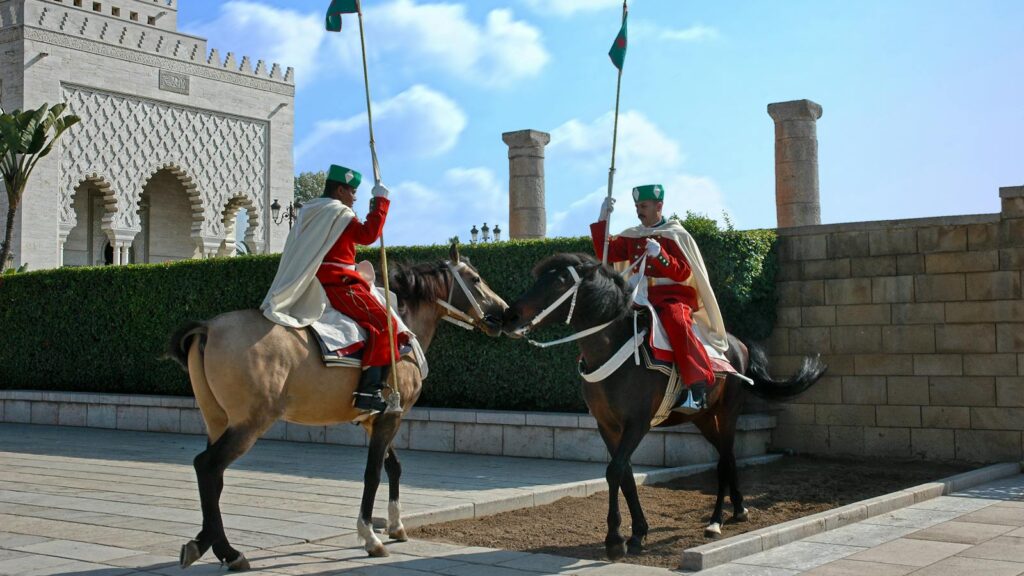
Throughout history, royal steeds have symbolized power, wealth, and status, becoming extensions of monarchial authority. From Alexander the Great’s Bucephalus to Napoleon’s Marengo, these horses transcended their role as mere transportation to become historic figures in their own right. Royal breeding programs, some dating back centuries, meticulously selected for specific traits valued by nobility—imposing height, distinctive coloration, elegant movement, and exceptional intelligence. These carefully cultivated bloodlines resulted in horses that weren’t just physically impressive but carried the weight of dynasty and tradition. For history enthusiasts and traditionalists, riding a horse descended from these royal lines creates a tangible connection to the past, allowing them to participate in a living heritage that spans generations.
The Unmatched Aesthetics and Presence

Devotees of royal steeds often cite their exceptional beauty and commanding presence as primary attractions. Breeds like the Lipizzaner, Andalusian, Friesian, and Arabian—all with strong connections to royal stables—possess distinctive aesthetic qualities that make them immediately recognizable. Their harmonious proportions, expressive faces, and natural elegance make them appear almost supernatural compared to more common equines. When moving, these horses demonstrate a natural elevation and cadence that seems choreographed rather than instinctive. Many riders describe an almost magical feeling when mounted on such a horse, as if borrowing their nobility and grace. This aesthetic appeal extends beyond riding to the pleasure of simply observing these magnificent animals, making them favorite subjects for artists and photographers throughout history.
Superior Training Capabilities and Intelligence

Horses bred for royalty were selected not only for appearance but for their exceptional cognitive abilities and temperament. Many royal breeding programs prioritized horses that could master complex movements required for ceremonial processions, military maneuvers, and early forms of dressage. This selection for trainability has resulted in modern descendants with remarkable intelligence and an aptitude for advanced training. Riders who appreciate technical horsemanship often gravitate toward these breeds for their responsiveness and ability to perform sophisticated movements. The mental engagement required to work with such sensitive, intelligent animals provides an intellectual challenge that many experienced equestrians find deeply satisfying. For those who approach riding as both art and sport, the heightened communication possible with these horses creates a partnership that transcends basic horsemanship.
The Elite Price Tag and Maintenance Costs
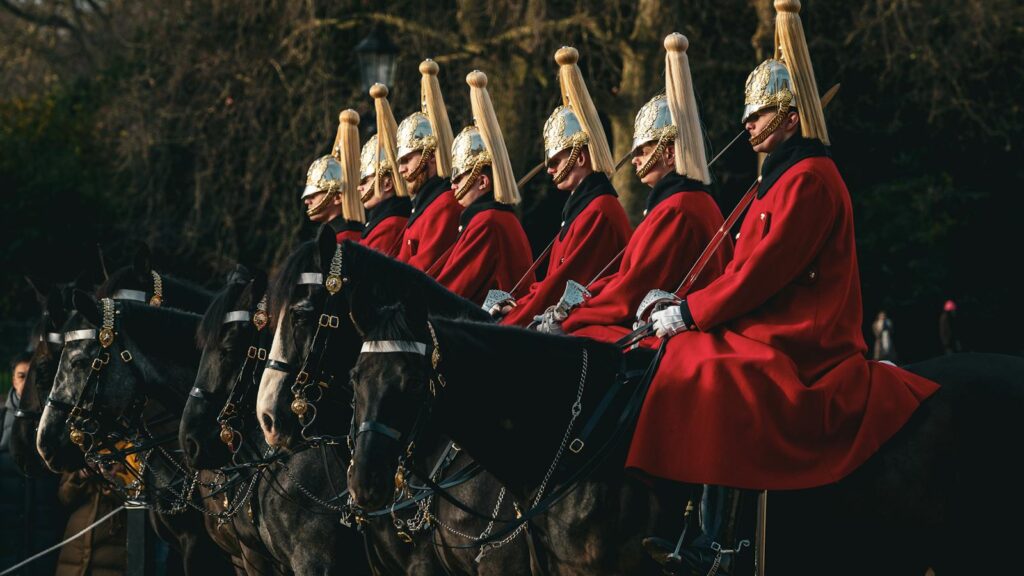
The prestige attached to royal bloodlines comes with corresponding financial demands that represent a significant barrier for many potential owners. Initial purchase prices for well-bred examples of royal breeds can easily reach five or six figures, placing them beyond the reach of average enthusiasts. Beyond acquisition costs, these horses typically require specialized care, including expert training, climate-controlled stabling, and particular nutritional regimens to maintain their distinctive qualities. Insurance for such valuable animals adds another layer of expense, as does appropriate tack and equipment designed for their unique conformations. Many critics point to these prohibitive costs as evidence of elitism in equestrian culture, creating a divide between those who can afford such luxuries and the broader community of horse lovers who prioritize accessibility and inclusivity.
Practicality Versus Specialization

Detractors of royal steeds often emphasize their lack of versatility compared to more adaptable breeds. Many historically royal breeds were developed for specific ceremonial or military functions rather than the varied uses modern riders might require. Their specialized anatomy—often featuring high-set necks, elevated movement, and sensitive temperaments—makes them less suitable for activities like trail riding, ranch work, or casual recreation. Riders seeking an all-purpose equine companion frequently find these specialized animals frustrating or impractical for their lifestyle. The training requirements for these horses can also be demanding, requiring consistent, sophisticated handling that casual weekend riders may find excessive. This specialization creates a natural division between enthusiasts who appreciate a horse bred for specific classical disciplines and those seeking more versatile, low-maintenance mounts.
The Complex Training Journey
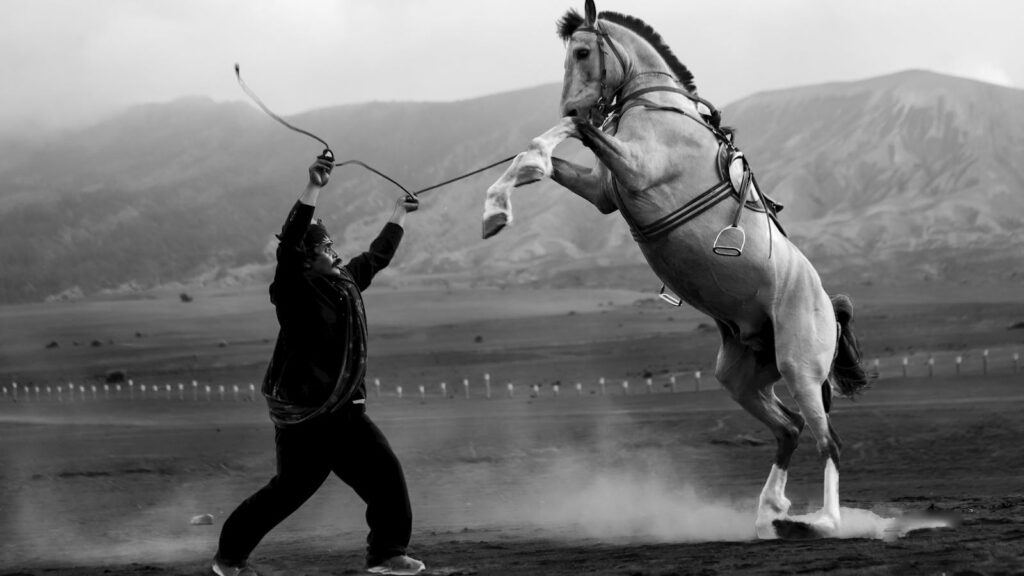
Working with horses of royal lineage typically demands a significant commitment to traditional training methods and classical horsemanship. These animals have been selectively bred to respond to subtle cues and perform movements that require years of systematic training to develop properly. For riders without access to qualified instructors or sufficient time to dedicate to this methodical approach, the journey can become frustrating rather than rewarding. The sensitivity that makes these horses exceptional under skilled handling can manifest as reactivity or nervousness with less experienced riders. This learning curve represents both the challenge and reward of working with royal breeds, attracting those who value the disciplined progression through classical training while deterring riders seeking more immediate gratification or simpler handling requirements.
The Temperament Factor
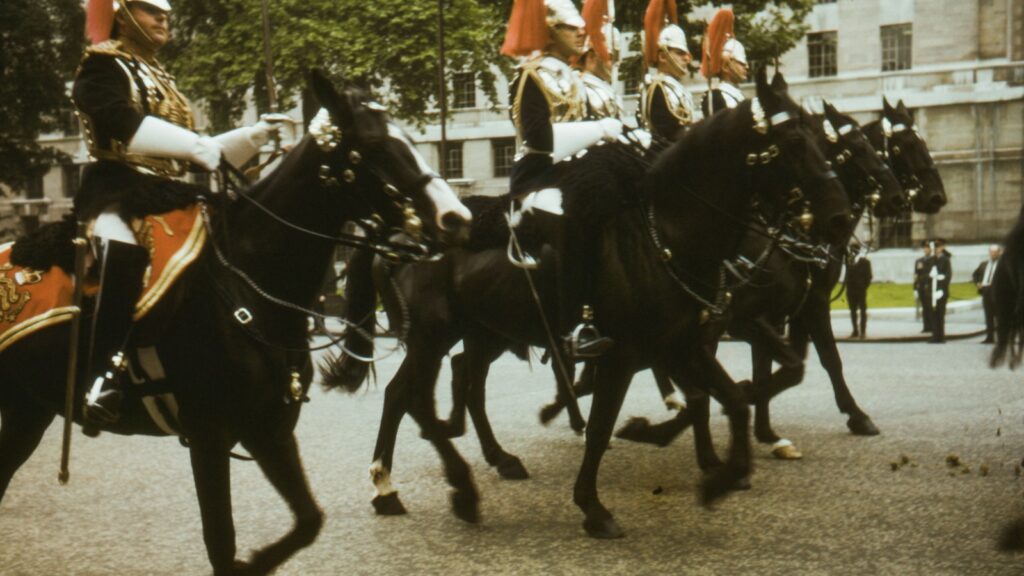
Temperament stands as perhaps the most divisive aspect when discussing royal steeds and their suitability for different riders. Breeds with royal histories were often selected for a combination of sensitivity, courage, and intelligence that created effective war horses or impressive parade mounts. These same traits can translate to what some perceive as high-strung behavior, excessive alertness, or strong reactions to stimuli that more placid breeds might ignore. Riders who appreciate responsive, engaged horses find this alertness invigorating and communicative. Conversely, those who prefer a more unflappable, relaxed equine partner may find the characteristic alertness of royal breeds unnecessarily challenging. This fundamental difference in desired temperament often determines whether a rider gravitates toward or away from these distinguished bloodlines.
Cultural Associations and Artistic Appeal
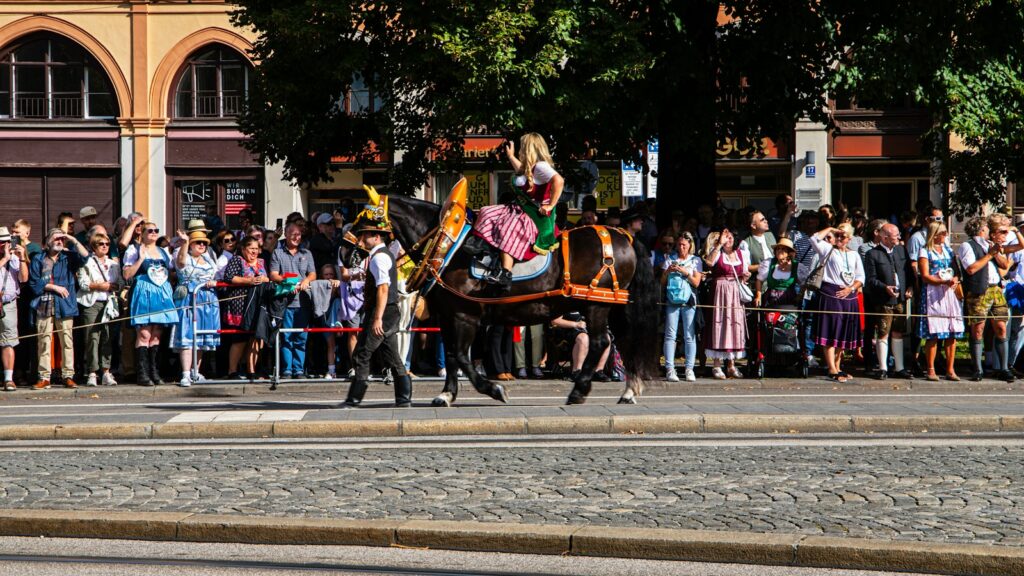
Many enthusiasts of royal steeds are drawn to the rich cultural traditions and artistic heritage associated with these animals. The Spanish Riding School’s Lipizzaners, Morocco’s Barb horses, or the Arabian horses of Middle Eastern royalty all carry centuries of cultural significance beyond their physical attributes. This cultural dimension adds depth to the experience of working with these breeds, connecting riders to artistic traditions including classical dressage, historical reenactment, and cultural celebrations. For those who value this cultural context, riding such horses feels like participating in living history and preserving important traditions. Riders unmoved by historical or cultural considerations may find these associations pretentious or irrelevant to their personal equestrian goals, preferring horses selected purely for functional qualities rather than cultural significance.
The Competitive Advantage Debate

Within competitive equestrian circles, the value of royal bloodlines remains hotly contested. In certain disciplines—particularly classical dressage and some forms of exhibition riding—horses with royal breeding often possess natural advantages in movement quality, presence, and aptitude for collected work. These inherent traits can give riders a competitive edge in disciplines that reward these specific qualities. However, in many modern competitive formats, purpose-bred sport horses have largely surpassed traditional royal breeds through selective breeding focused entirely on athletic performance rather than historical standards. Critics argue that attachment to royal bloodlines can sometimes reflect an outdated emphasis on pedigree over demonstrable ability. This evolution in competitive standards has created a division between traditionalists who value historical correctness and modernists who prioritize measurable athletic outcomes.
Ethical Considerations of Specialized Breeding
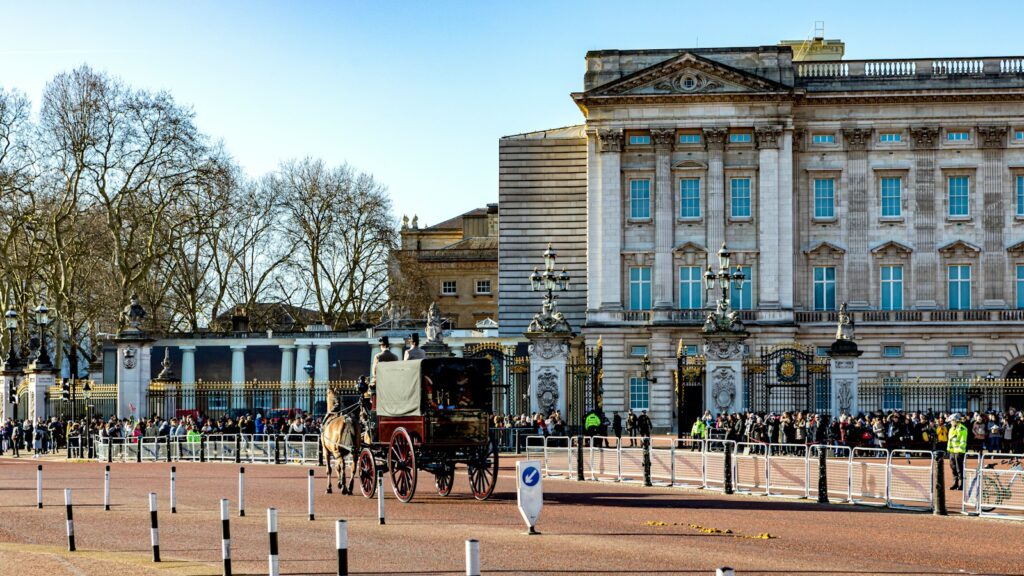
The intensive breeding practices that created and maintain royal equine bloodlines raise ethical questions that influence some riders’ perspectives. Certain royal breeds display exaggerated physical characteristics—extremely arched necks, particular head shapes, or specialized gaits—that result from generations of selective breeding. While admired as beautiful by enthusiasts, critics express concern about potential health implications of breeding primarily for appearance rather than soundness or functionality. Some modern riders prioritize breeds developed with less emphasis on aesthetic traits and more focus on overall health, longevity, and natural movement. This ethical dimension adds another layer to the preference divide, with some riders avoiding breeds they perceive as over-specialized through human interference. Conservation efforts for rare royal breeds further complicate this ethical landscape, balancing preservation of cultural heritage against concerns about genetic diversity and functional health.
The Accessibility and Inclusivity Factor
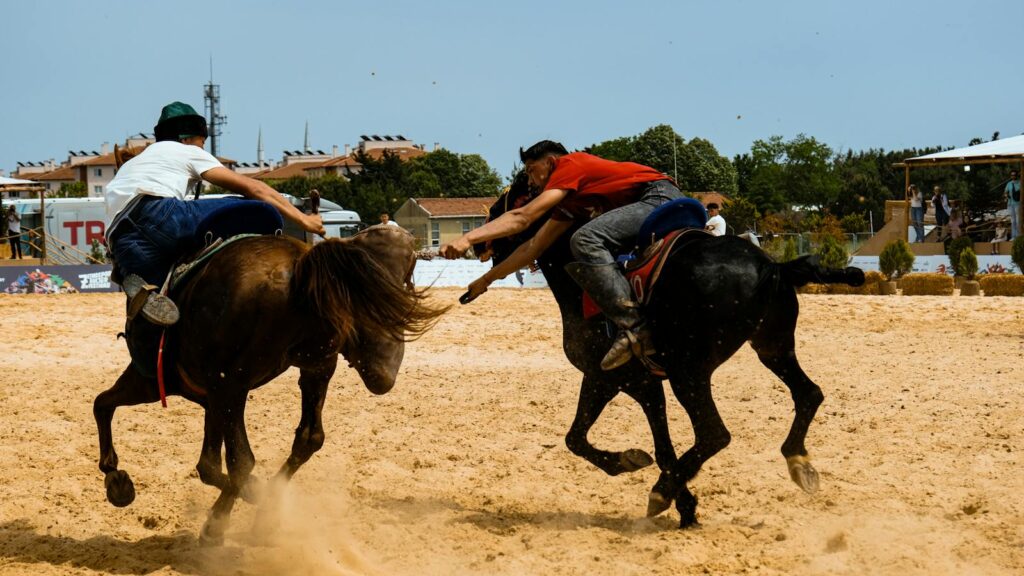
The association between royal steeds and elite social classes has created lingering perceptions about accessibility that influence many riders’ attitudes. Historically, these horses were literal status symbols, available only to nobility and wealthy landowners, creating class distinctions that some argue persist in modern equestrian culture. Efforts to make equestrian sports more inclusive and accessible have sometimes positioned royal breeds as symbols of exclusivity at odds with broader participation. Organizations dedicated to preserving these breeds now face the challenge of honoring historical traditions while welcoming diverse participants regardless of background or resources. Many riders deliberately choose more accessible breeds as a statement about equestrian inclusivity, while others argue that appreciation for royal breeds can be separated from elitist attitudes through education and outreach. This tension between tradition and inclusivity remains unresolved in many equestrian communities.
The Emotional Connection
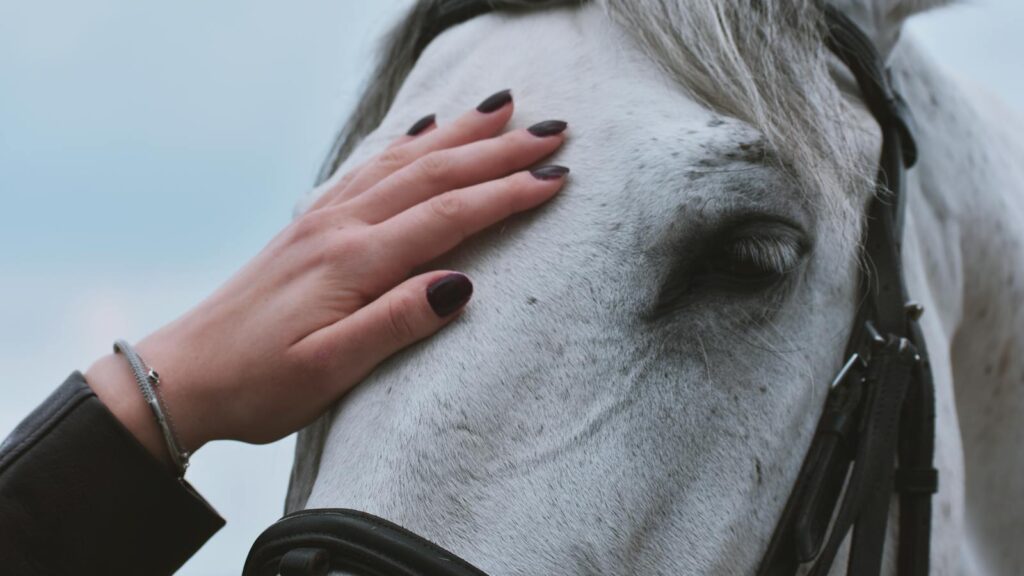
Perhaps the most personal element in this divide comes down to the ineffable emotional connection between horse and human. Advocates for royal steeds often describe a profound, almost spiritual connection with these animals that transcends rational explanation. The combination of beauty, intelligence, and historical significance creates a deeply moving experience for those receptive to these qualities. This connection becomes self-reinforcing—riders attuned to the subtleties these horses offer find interactions increasingly rewarding, while those seeking different equine relationships may never experience this particular bond. Different personality types naturally gravitate toward horses that complement their own temperaments and communication styles. The beauty of equestrian pursuits lies in this diversity of connections, with royal steeds representing just one of many possible paths to meaningful partnership with horses.
Finding Middle Ground in Modern Equestrianism
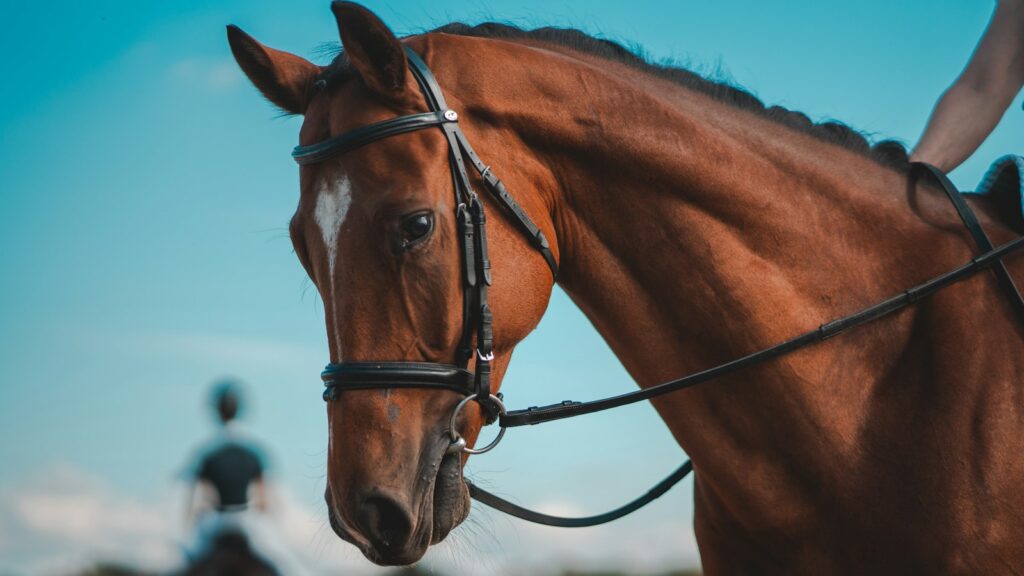
Rather than viewing preferences for or against royal steeds as opposing positions, the modern equestrian world increasingly recognizes the value of diverse approaches to horsemanship. Many contemporary breeding programs blend traditional royal bloodlines with modern sport horse genetics, creating animals that preserve historical qualities while addressing practical considerations. Educational programs that make classical training methods accessible to wider audiences help demystify working with these specialized horses. Rental and lease arrangements provide opportunities to experience these animals without the prohibitive costs of ownership. This evolution toward appreciation rather than absolutism allows riders to value the historical and cultural significance of royal steeds while making practical choices based on individual circumstances and goals. The resulting spectrum of equestrian pursuits enriches the entire community, preserving tradition while embracing innovation.
conclusion
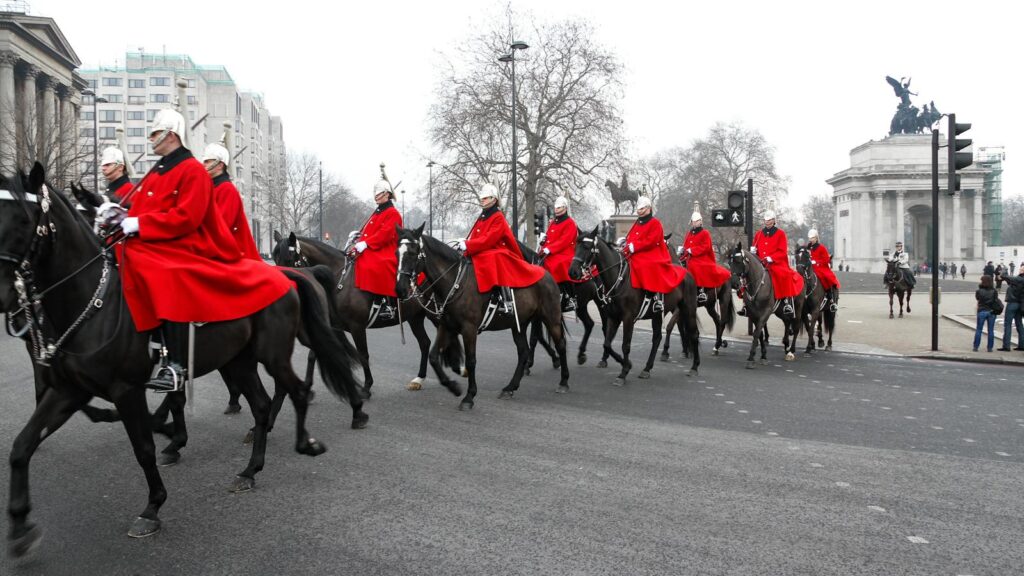
The appeal of royal steeds—or lack thereof—ultimately reflects the beautiful diversity within equestrian culture. These magnificent animals, with their storied pasts and distinctive qualities, will always inspire devotion in riders drawn to their unique combination of beauty, intelligence, and historical significance. Equally valid are the perspectives of those who prefer horses selected for different qualities—practicality, versatility, or accessibility. Rather than declaring either position superior, the equestrian community benefits from embracing this spectrum of preferences. Whether atop a descendant of imperial bloodlines or a humble horse of uncertain heritage, the fundamental joy of partnership between human and equine transcends breeding and background. In this shared appreciation for the horse itself—royal or otherwise—riders of all preferences find common ground.

